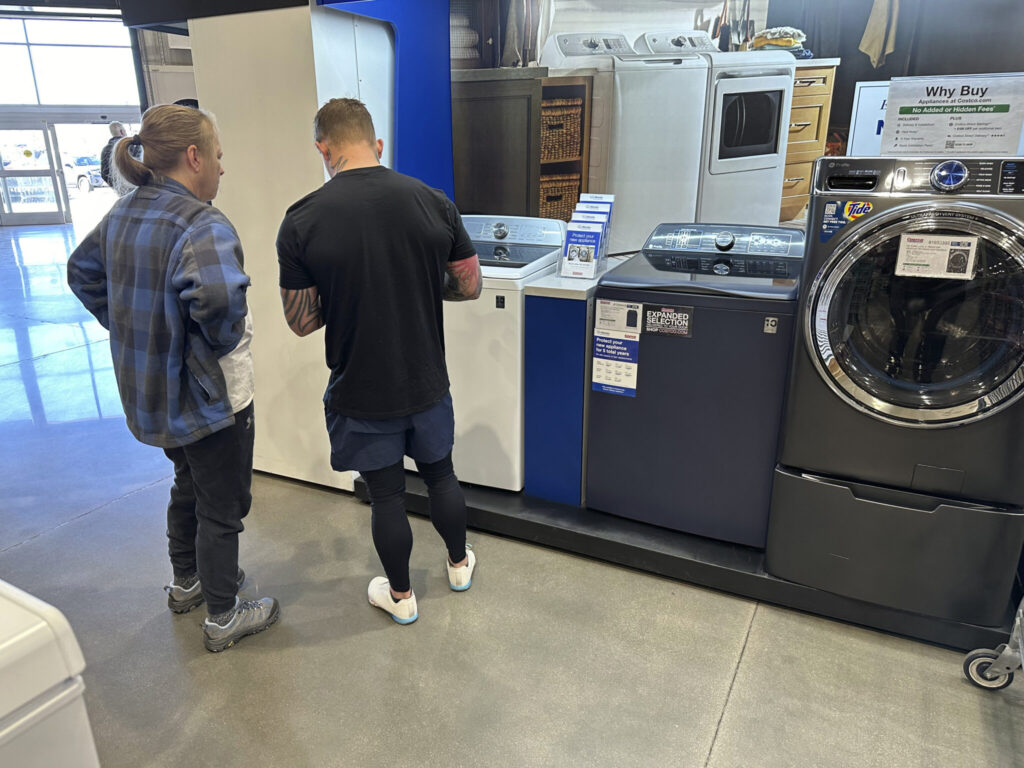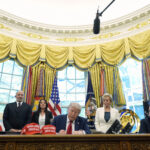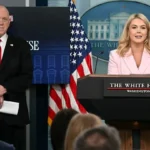A price gauge closely tracked by the Federal Reserve cooled slightly last month, a sign that inflation may be easing after running high in the first three months of this year. Friday’s report from the Commerce Department showed that an index that excludes volatile food and energy costs rose 0.2% from March to April, down from 0.3% in the previous month. It was the mildest such increase so far this year.
Quick Read
- An inflation gauge closely tracked by Federal Reserve rises at slowest pace this year
- A price gauge closely tracked by the Federal Reserve showed signs of easing inflation in April. The Commerce Department reported that the core personal consumption expenditures (PCE) price index, which excludes food and energy costs, rose 0.2% from March to April, the smallest increase this year.
- On a year-over-year basis, core prices increased by 2.8% in April, the same rate as in March. Overall inflation also remained steady at 2.7% over the past 12 months.
- Income growth and consumer spending both slowed in April, which could contribute to moderating economic growth and inflation in the coming months, potentially influencing the Federal Reserve’s decisions on interest rates.
- Grocery prices eased slightly, and the prices of durable goods like cars, furniture, and appliances saw declines. However, gas prices and the costs of many services, including restaurant meals and entertainment, continued to rise.
- Federal Reserve officials, including Chair Jerome Powell, have emphasized the need for sustained mild inflation reports before considering cuts to the benchmark interest rate, which is currently at 5.3%, the highest in 23 years.
- In Europe, inflation rose unexpectedly in May to an annual rate of 2.6%, up from 2.4% in April, indicating that price increases are still a concern in the eurozone.
The Associated Press has the story:
An inflation gauge closely tracked by Federal Reserve rises at slowest pace this year
Newslooks- WASHINGTON (AP) —
A price gauge closely tracked by the Federal Reserve cooled slightly last month, a sign that inflation may be easing after running high in the first three months of this year.
Friday’s report from the Commerce Department showed that an index that excludes volatile food and energy costs rose 0.2% from March to April, down from 0.3% in the previous month. It was the mildest such increase so far this year.
Measured from 12 months earlier, such so-called “core” prices climbed 2.8% in April, the same as in March. Overall inflation increased 0.3% from March to April, the same as in the previous month, and 2.7% from a year earlier, also unchanged from March’s figure.
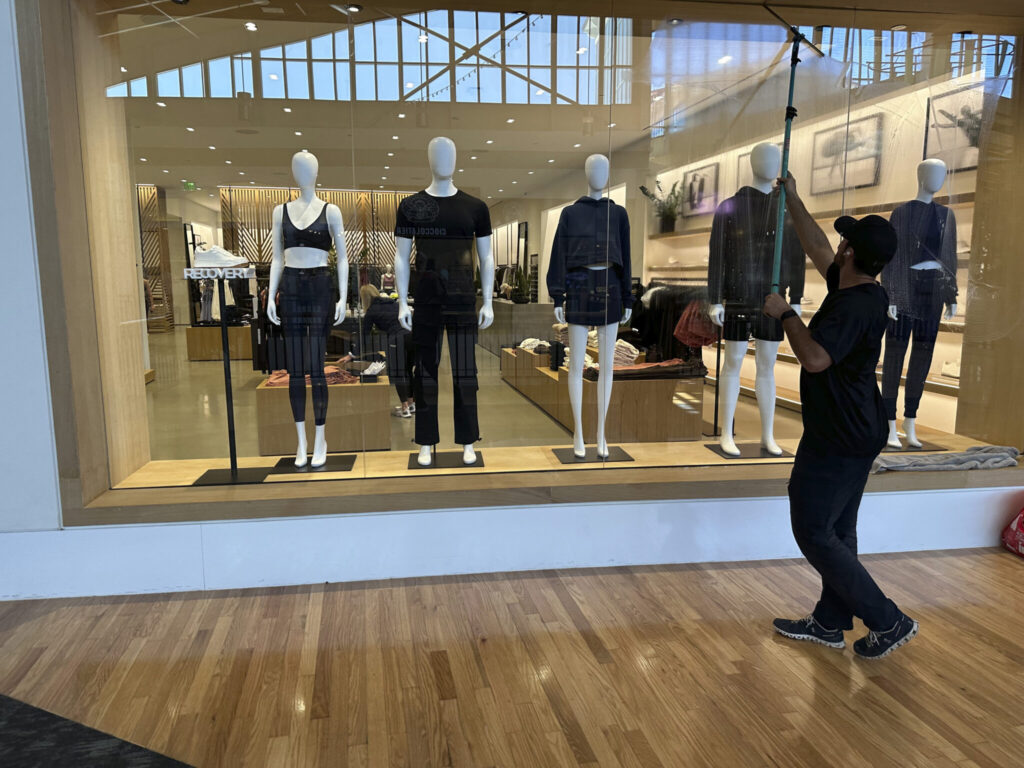
The Fed tends to favor the inflation gauge that the government issued Friday — the personal consumption expenditures price index — over the better-known consumer price index. The PCE index tries to account for changes in how people shop when inflation jumps. It can capture, for example, when consumers switch from pricier national brands to cheaper store brands.
Inflation fell sharply in the second half of last year but then leveled off above the Fed’s 2% target in the first few months of 2024. With polls showing that costlier rents, groceries and gasoline are angering voters as the presidential campaign intensifies, Donald Trump and his Republican allies have sought to heap the blame on President Joe Biden.
Friday’s report also showed that income growth slowed and spending cooled sharply in April, a trend that could help moderate economic growth and inflation in the coming months and potentially please the Fed. Its policymakers have said they’d have to see at least several mild inflation reports before they would be comfortable cutting their benchmark interest rate.
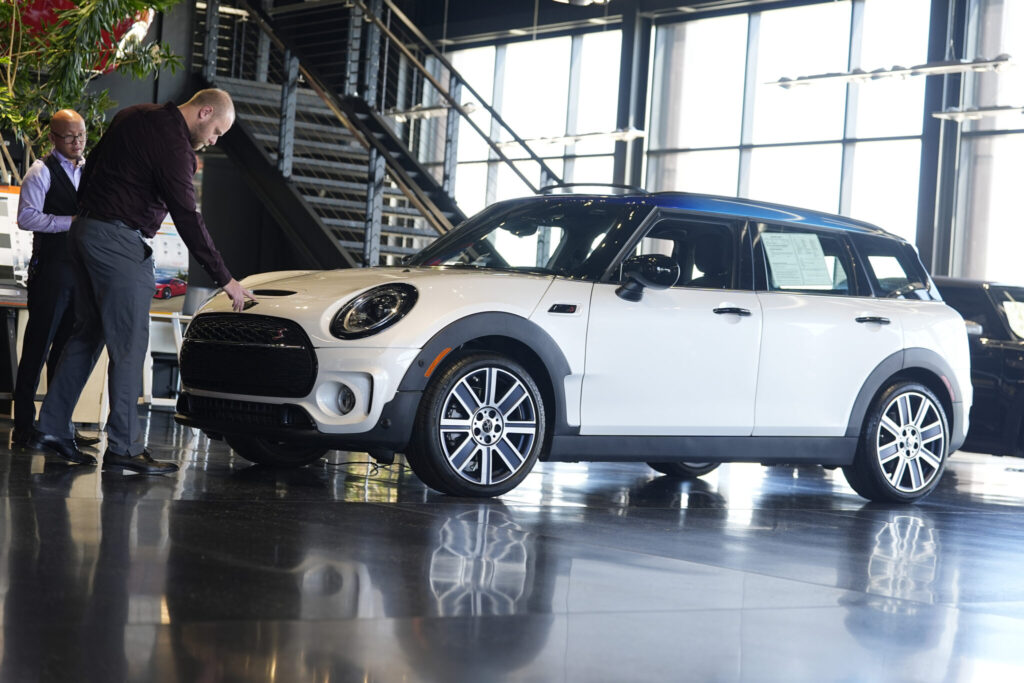
Chair Jerome Powell has said he expects inflation to continue to decline this year, but needs to gain “greater confidence” in that forecast from upcoming inflation reports.
Grocery prices eased last month, according to Friday’s report, though they’re still up significantly from before the pandemic. So the prices of long-lasting goods, led by less expensive new and used cars, furniture and appliances. The cost of used cars has dropped nearly 5% over the past year.
Gas prices, though, jumped 2.7%, just from March to April. Likewise, the costs of many services rose faster than the Fed would like. Restaurant meals, for example, rose 0.3% from March to April and are up 4% from a year earlier. Entertainment prices, including for movies and concerts, jumped 7.4% from 12 months earlier.
In the past couple of weeks, a stream of remarks by Fed officials have underscored their intention to keep borrowing costs high as long as needed to fully defeat inflation. As recently as March, the Fed’s policymakers had collectively forecast three rate cuts this year, starting as early as June. Yet Wall Street traders now expect just one rate cut this year, in November.
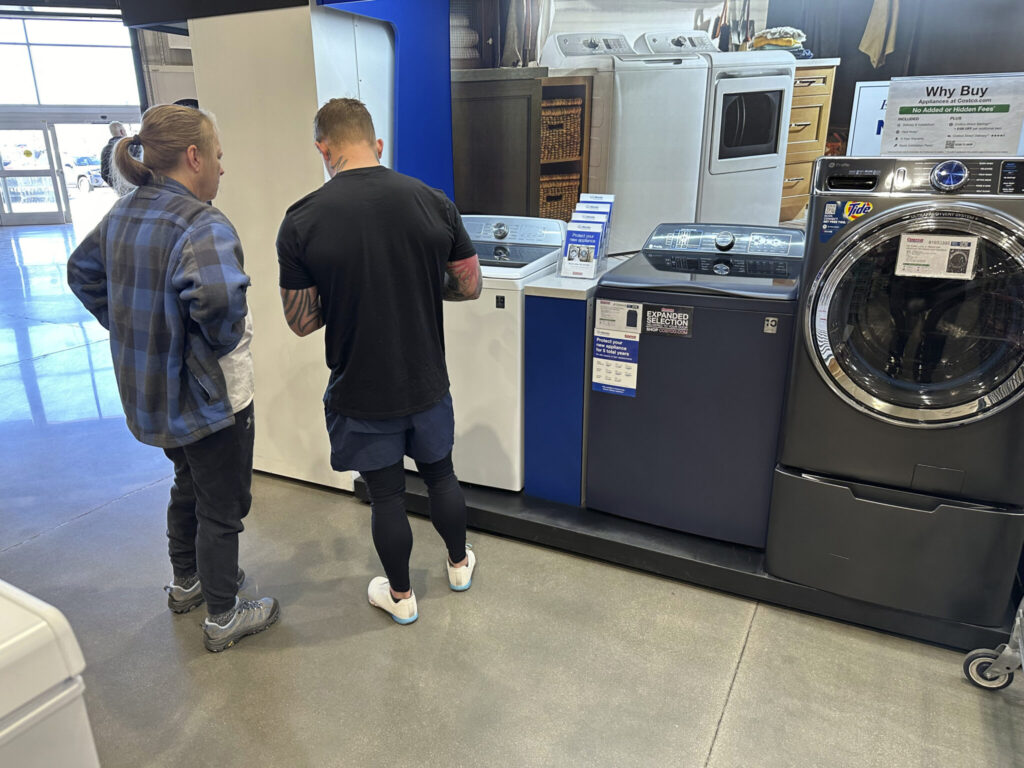
One influential Fed official, John Williams, president of the Federal Reserve Bank of New York, said Thursday that he expects inflation to start cooling again in the second half of the year. Until it does, though, Fed Chair Jerome Powell has made clear that the central bank is prepared to keep its key rate pegged at 5.3%, its highest level in 23 years.
But Williams expects inflation, according to the Fed’s measure, to cool only slightly by year’s end, to a 2.5% annual pace. He doesn’t foresee it dropping to the Fed’s 2% target until next year.
The central bank raised its benchmark rate from near zero to its current peak in 15 months, the fastest such increase in four decades, to try to tame inflation. The result has been significantly higher rates for mortgages, auto loans and other forms of consumer and business borrowing.
In Europe, inflation rose unexpectedly in May to a yearly rate of 2.6% from 2.4%, according to official figures released Friday, in a sign that rising prices haven’t yet been fully tamed in the 20 countries that use the euro. Still, the European Central Bank is likely to proceed with an interest rate cut at its meeting next week.

